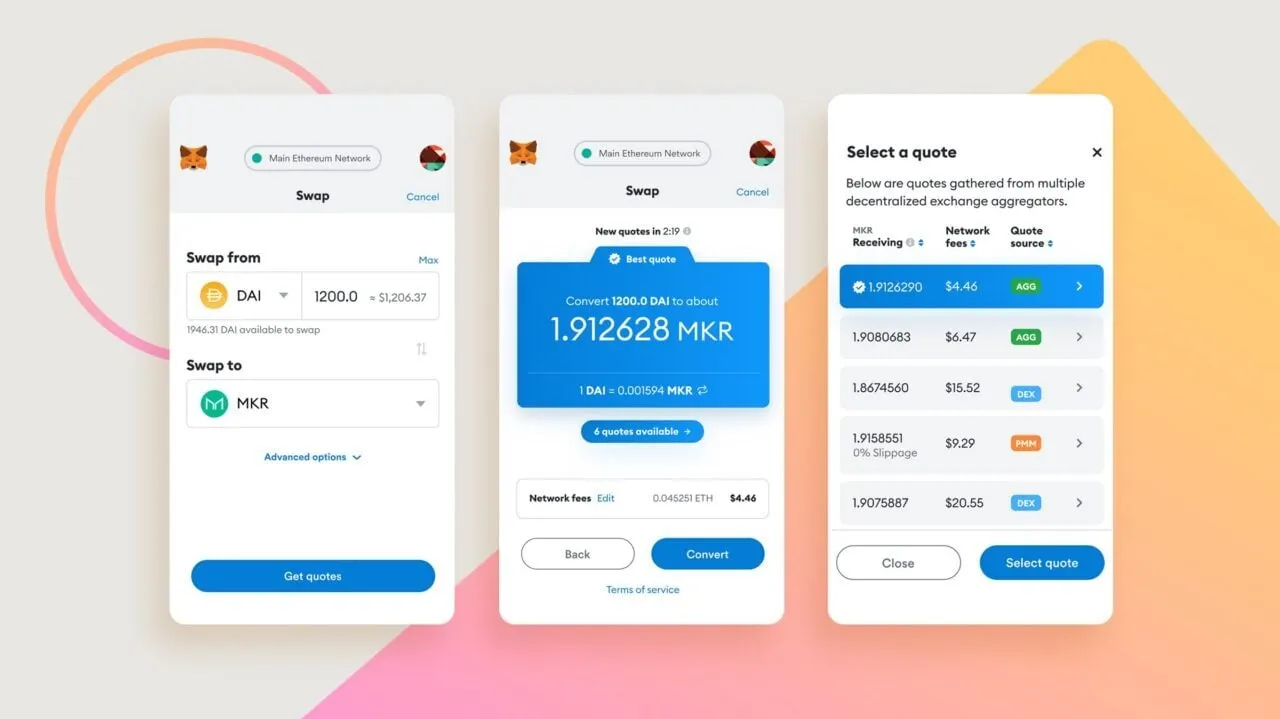In brief
- MetaMask is an Ethereum wallet and browser extension that can be used on Chrome, Brave, Edge and Firefox.
- It enables users to store Ethereum and ERC-20 tokens.
- MetaMask also allows users to interact with decentralized applications (dapps).
Jump to
In order to hold cryptocurrency, you’ll need a wallet. There are plenty of options available, but one of the most popular is the browser-based Ethereumwallet MetaMask, which also allows users to interact with decentralized apps (dapps).
In our review, we’ll explore how to set up a MetaMask wallet, as well as running through its standout features. Is MetaMask worth using? Is it beginner-friendly? Is it trustworthy? We spent some time with it to find out...
What is MetaMask?
MetaMask is an Ethereum wallet and browser extension that can be used on the Chrome, Brave, Edge and Firefox browsers.
In essence, it connects these browsers to the Ethereum blockchain, enabling you to store keys for Ether and ERC-20 tokens across the supported browsers. In addition, it’s also linked to two exchanges—Coinbase and ShapeShift—allowing you to directly purchase Ether from both, in addition to ERC-20 tokens from the latter.
MetaMask has exceeded 1 Million Monthly Active Users! 🎉We’re humbled to be supporting such a curious, vibrant and passionate community. To learn more about our growth journey, check out our latest blog post 👉 https://t.co/BJJFtQtznl#metamask #ethereum #web3
— MetaMask (@MetaMask) October 5, 2020
MetaMask is open source, meaning its code is naked and available for all the world to see and access, and it’s proven to be a solid member of the Ethereum community, topping one million monthly active users, with just under 90,000 followers on Twitter.
Design and UX
The MetaMask wallet is beautifully minimalist and pared-back, and utterly barren compared to the complex interfaces of crypto exchanges. The main screen shows your list of assets (including your balance for each asset), along with buttons that let you send, receive or swap assets.
An activity tab shows your recent transactions, while clicking your account at the top will copy your asset address to the clipboard. Opening the three-dot menu on the top right also shows you your wallet address and a QR code, for receiving cryptocurrency, while the menu above provides access to settings, the ability to import and create accounts, as well as connecting to compatible hardware wallets you may own.
Lastly, you have the ‘Networks’ menu, which is a drop-down list of different networks, such as the Ropsten and Rinkeby Test Networks. Most people can ignore these, as the main default Ethereum network is the one that’s used for sending and receiving tokens, along with interacting with dapps. The other networks in the list are public test networks that are mainly used by developers to test smart contracts without having to pay gas—the cost necessary to perform a transaction on the Ethereum network, made up of small fractions of Ether called Gwei.
MetaMask’s design is basic, and that’s okay. It has everything you need to get started, while being very friendly and unintimidating for beginners.
Getting started with MetaMask
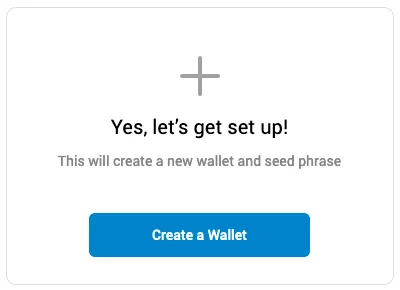
If you're using a compatible browser, then your best starting point is to install the MetaMask extension from your browser’s webstore (Brave uses Chrome’s). Once done, you’re given the option to import an existing wallet using a 12-word seed phrase, or create a new one.
Creating a new one is as simple as choosing a password, and writing down the newly generated seed phrase to ensure that you can always recover your wallet if anything happens to your device. This process takes less than a minute, and you’ll have access to your wallet before you know it.
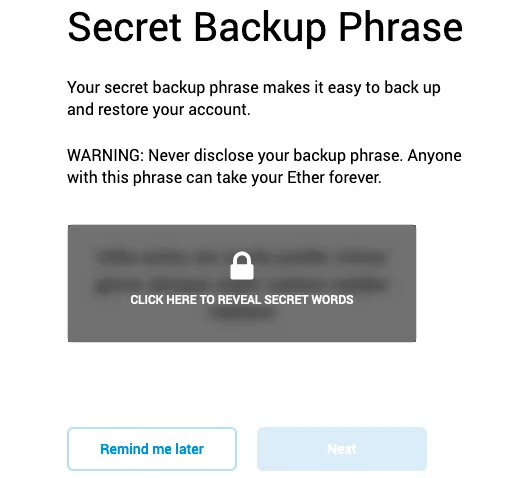
Once you’re in, you can do a few things. If you want to work with more than the default asset (Ethereum), simply press ‘Add Token’, search for your supported token of choice, add it, and you’re good to go. Sending and receiving is as easy as selecting the token you want to deal with and pressing the appropriate action, pasting in the sending or receiving address as required.
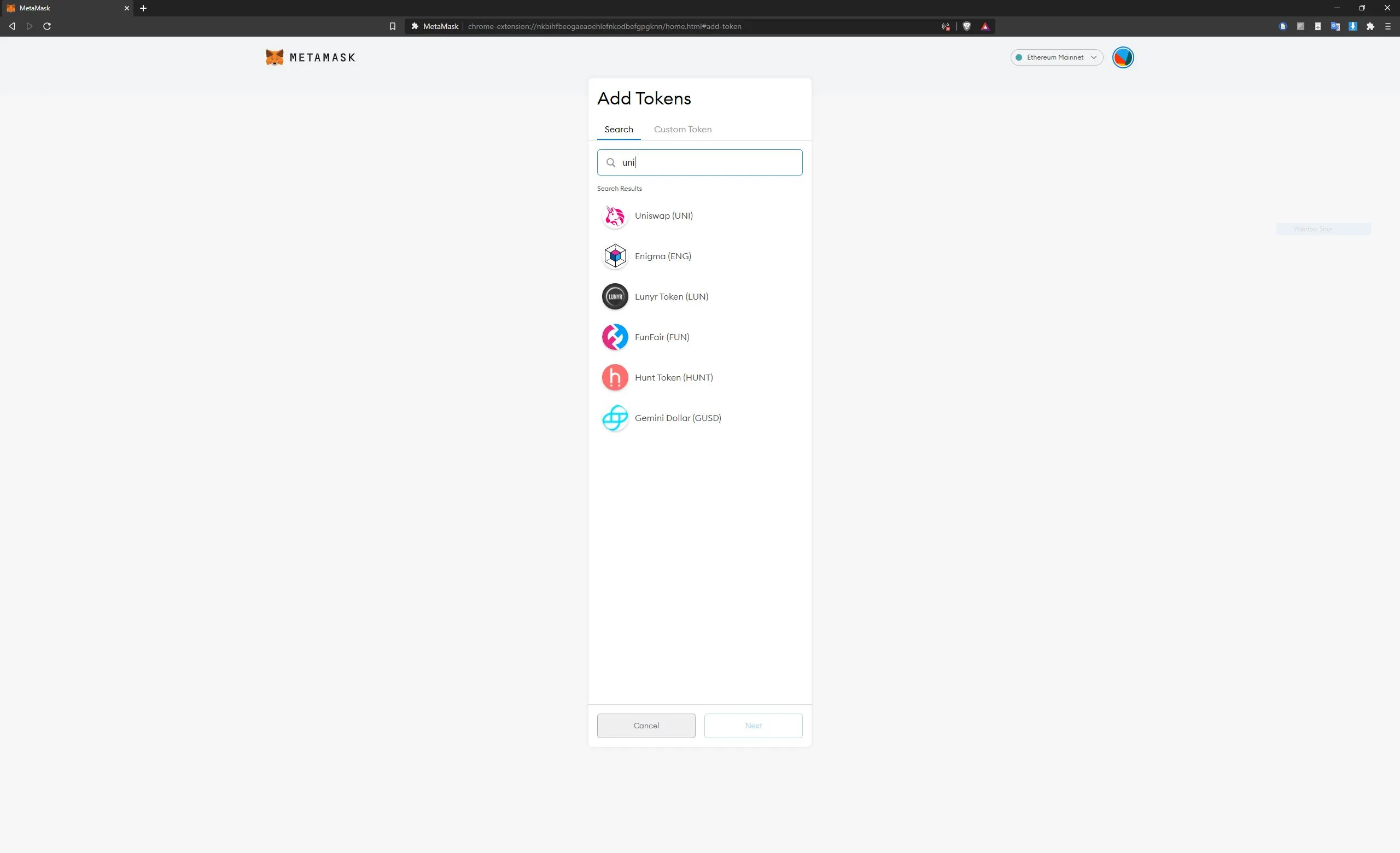
Of course, this all assumes that you already have tokens in another wallet or an exchange that you want to receive. If you’re starting from scratch, it’s incredibly easy to get started by topping your wallet up with ETH. Make sure ETH is your selected asset, hit buy, and you can purchase ETH with your card using a service called Wyre, without ever having to leave MetaMask and sign up to another exchange. The fees might be steep to experienced traders, but it’s an insanely fast, easy and accessible way for first-timers to get a chunk of ETH which they can then trade for other tokens, with zero hassle.
Another great yet easy to use MetaMask feature is its Swap functionality. Before this was introduced, users would have to trawl through a bunch of different exchanges to compare prices and swap tokens. The downside to this, apart from the time sink, is that you might not always get the best prices for each trade, and users need to approve each token on each exchange, eating up gas costs.
MetaMask’s Swap function does away with all of this hassle by requesting prices from all available aggregators. In other words, it ensures that MetaMask users always have access to the greatest liquidity and the largest selection of tokens, at the best prices. A service fee of 0.875% is automatically thrown in, but it’s worth it. The end result is a simple process that only requires you to approve each token once, reducing time spent and gas fees in the process. If that wasn’t enough, you’re also offered more protection against wild price swings during large swaps on a single exchange, as orders on MetaMask Swap are spread across multiple exchanges.
Despite this powerful functionality, the process is as easy to use as the rest of the wallet. Nicely done.
Is MetaMask safe?
MetaMask is gloriously user-friendly, but it does have a few negatives worth considering. For starters, while MetaMask itself doesn’t have access to your information, your browser will. While browsers can’t access your private keys, privacy-focused crypto enthusiasts will feel downright dirty using a wallet on browsers made by the likes of Google and Mozilla—two companies which don’t exactly have the best reputation when it comes to users and their data.
Another key factor to consider is the fact that by its very nature, MetaMask is an online wallet. The fact that it’s connected to the Internet means that it’s vulnerable to hacks and attacks. Compared to a well-hidden hardware wallet, which is invulnerable to online attacks, this could pose a risk for the very security-conscious.
It's also worth bearing in mind that malicious browser extensions have been known to spoof MetaMask in order to lure unwary users into phishing attacks. Be very careful when downloading extensions, and check that the URL you're using to download them is authentic.
Lastly, MetaMask communicates with the Ethereum ledger via a service called Infura, so it’s not directly in charge of keeping up to date with the Ethereum network itself. That’s not necessarily a deal-breaker per se, but it’s one more potential point of failure to consider.
MetaMask mobile app
MetaMask’s mobile app is available for iOS and Android devices, and is as slick and as easy to navigate as its browser and extension. In some ways, it’s even more pleasant to use on the narrower, more compact interface of a smartphone display, which has less empty space than the browser version.
All the same features are present and accounted for: buying, sending and receiving assets, with the addition of browsing decentralized apps (dapps) like DEXs, decentralized finance (DeFi) apps, developer tools and more.
Syncing the mobile app with your browser wallet is a cinch, too—simply go to ‘Settings’ and ‘Advanced’ on your browser version, select ‘Sync with mobile’ and scan the resulting QR code with your handset to link your accounts.
DeFi and hardware wallet smarts
Another string to MetaMask’s bow is its support for DeFi apps, which no doubt contributed to the company exceeding one million monthly active users in October 2020.
You can, for example, link your Compound account directly with MetaMask, letting you use your assets quickly and easily. As the popularity of dapps continues to grow, this smooth integration will become more and more important (not to mention, greatly appreciated) to MetaMask users.
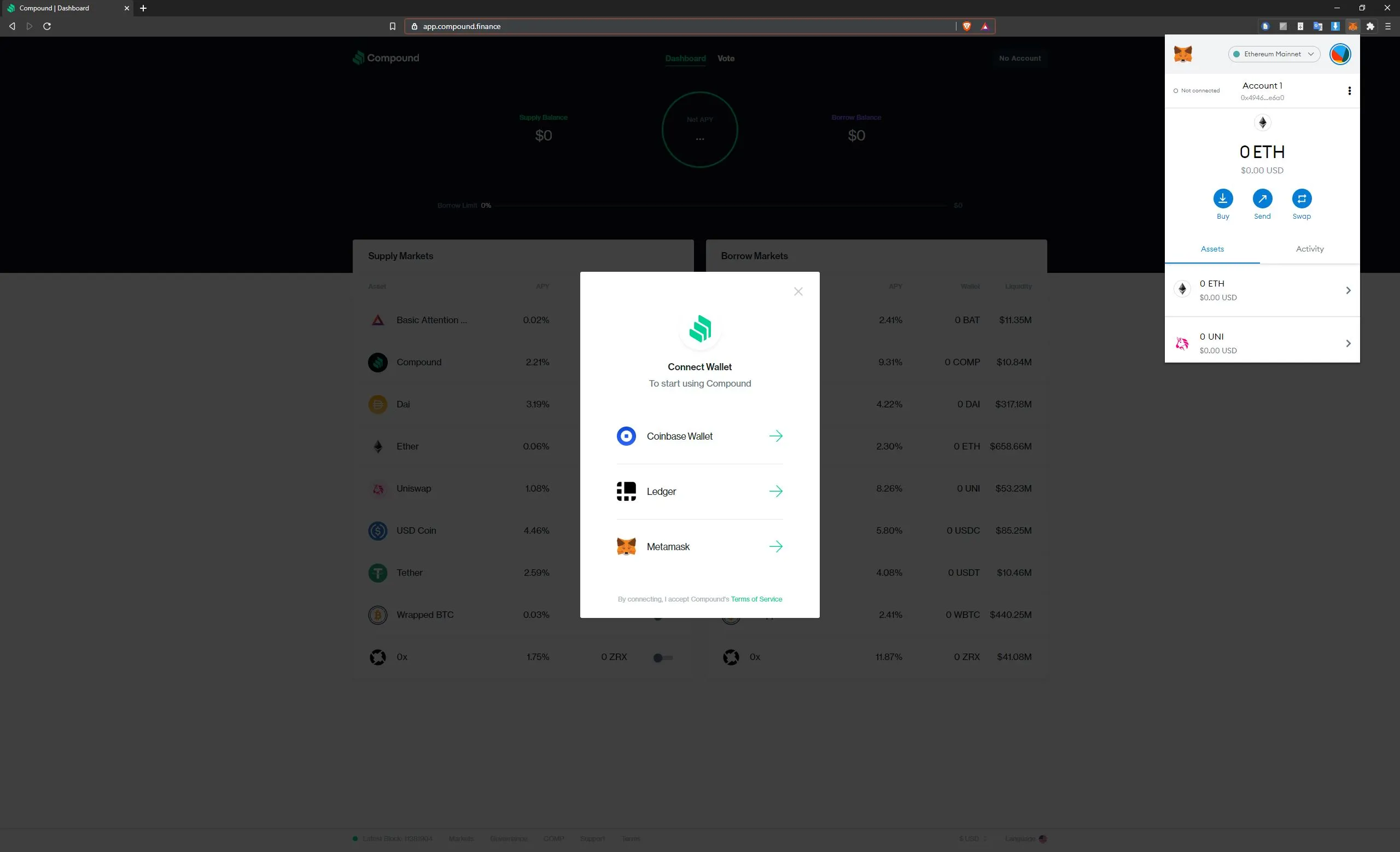
Users with Trezor or Ledger hardware wallets also have the option to connect their devices to their MetaMask wallet. As you’d expect, it’s as user-friendly as the rest of MetaMask’s feature set. Simply open the menu, click ‘Connect hardware wallet’, click connect, plug it in via USB and approve MetaMask on the device, and you’re basically good to go.
Verdict
If there’s one main theme throughout this review, it’s simplicity. MetaMask is a superb wallet for beginners due to its ease of use, without skimping on features for the sake of brevity.
In fact, it builds on the simple features you’d expect by offering a beneficial swapping service, alongside simple integration with dapps, hardware wallets, and its mobile app.
Yes, privacy and security diehards will find issues with the very nature of a wallet that lives in your browser, but for novices and traders that can look past that, this is a superb option well worth considering.
Rating: 5/5





